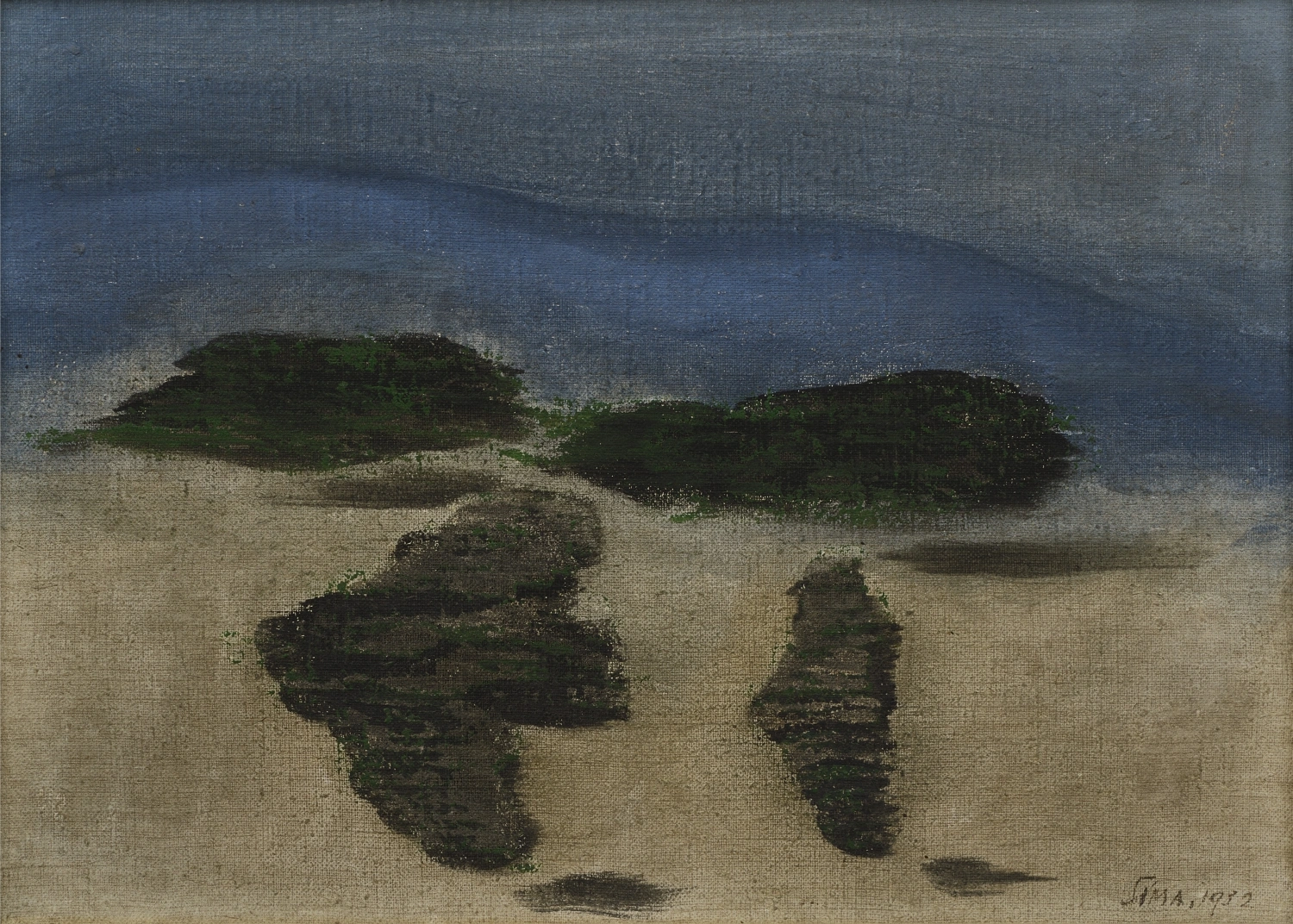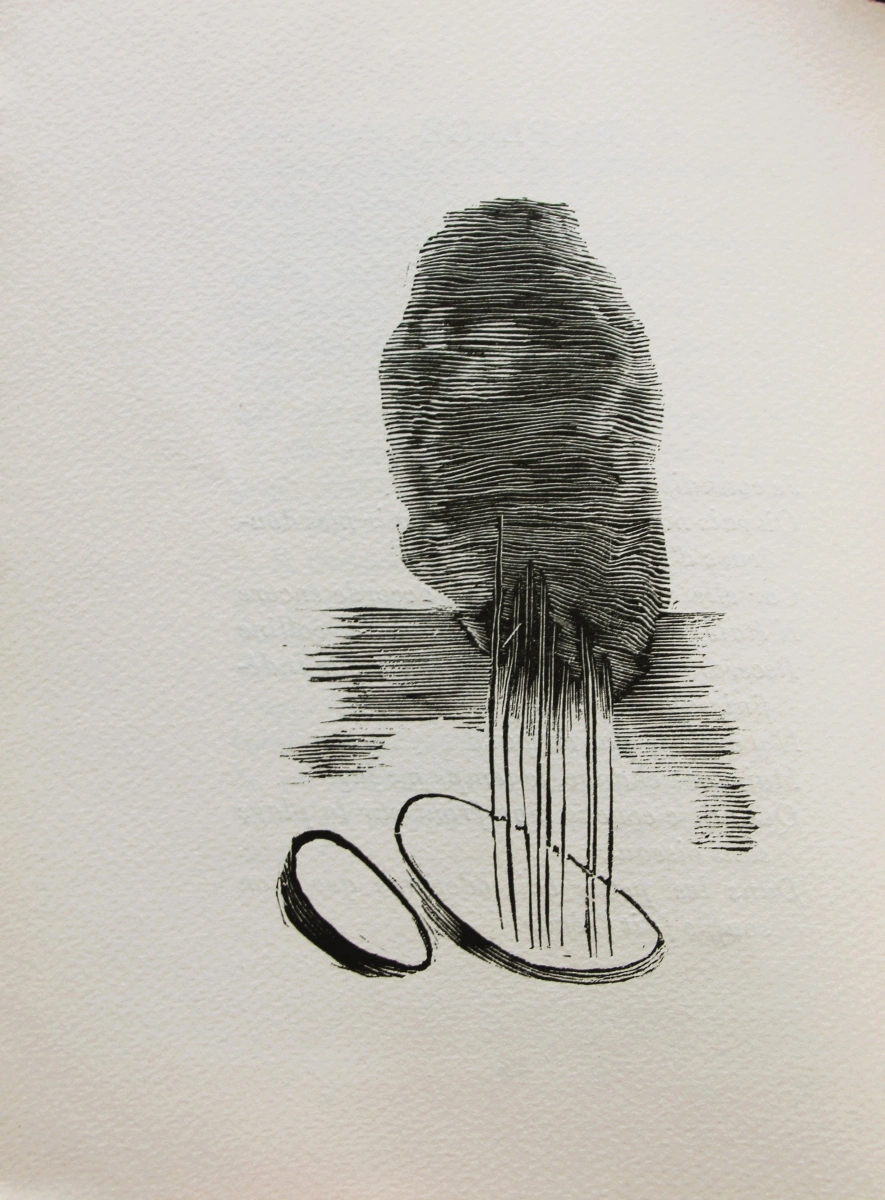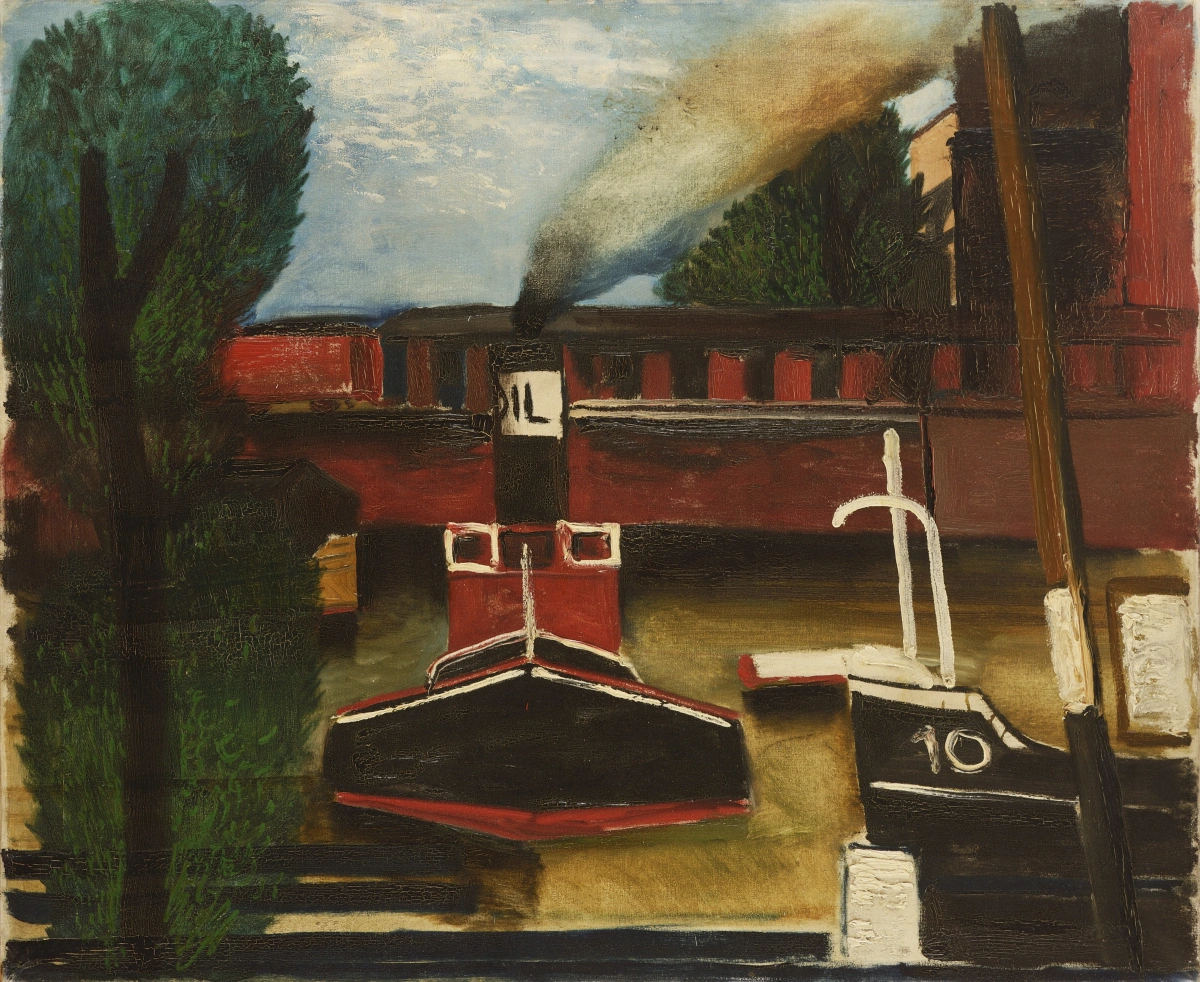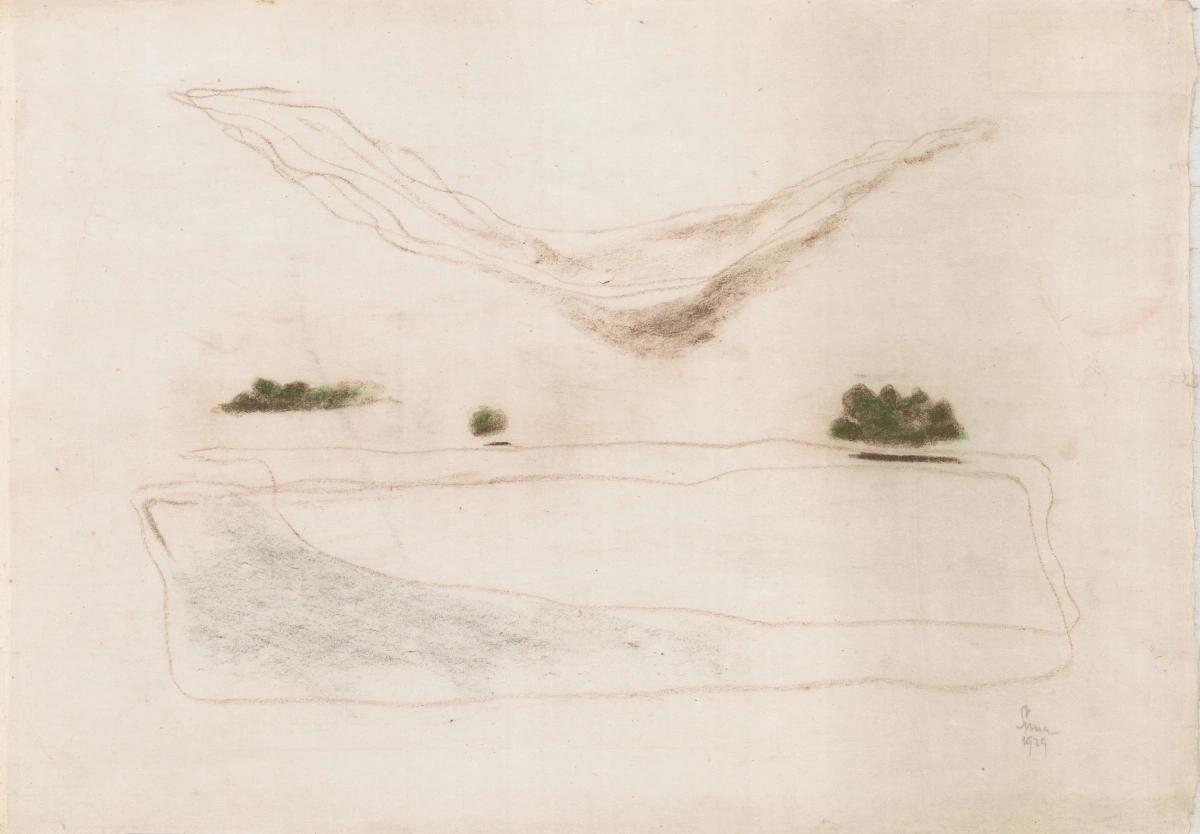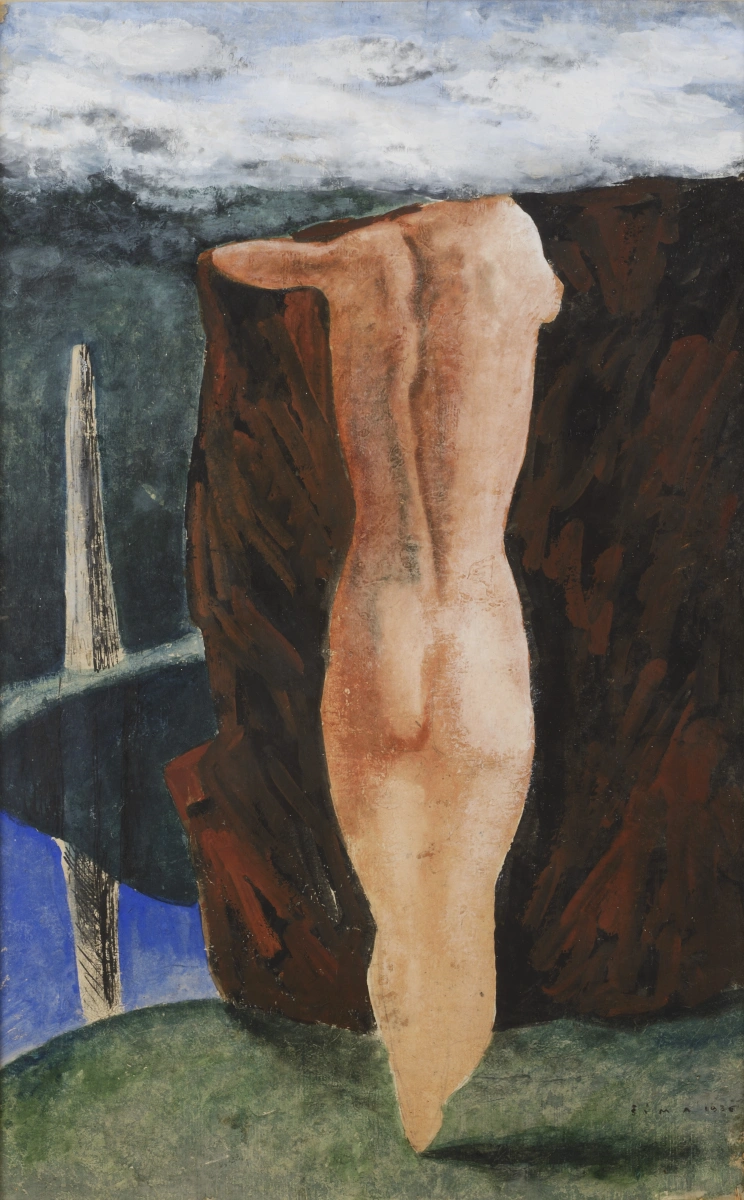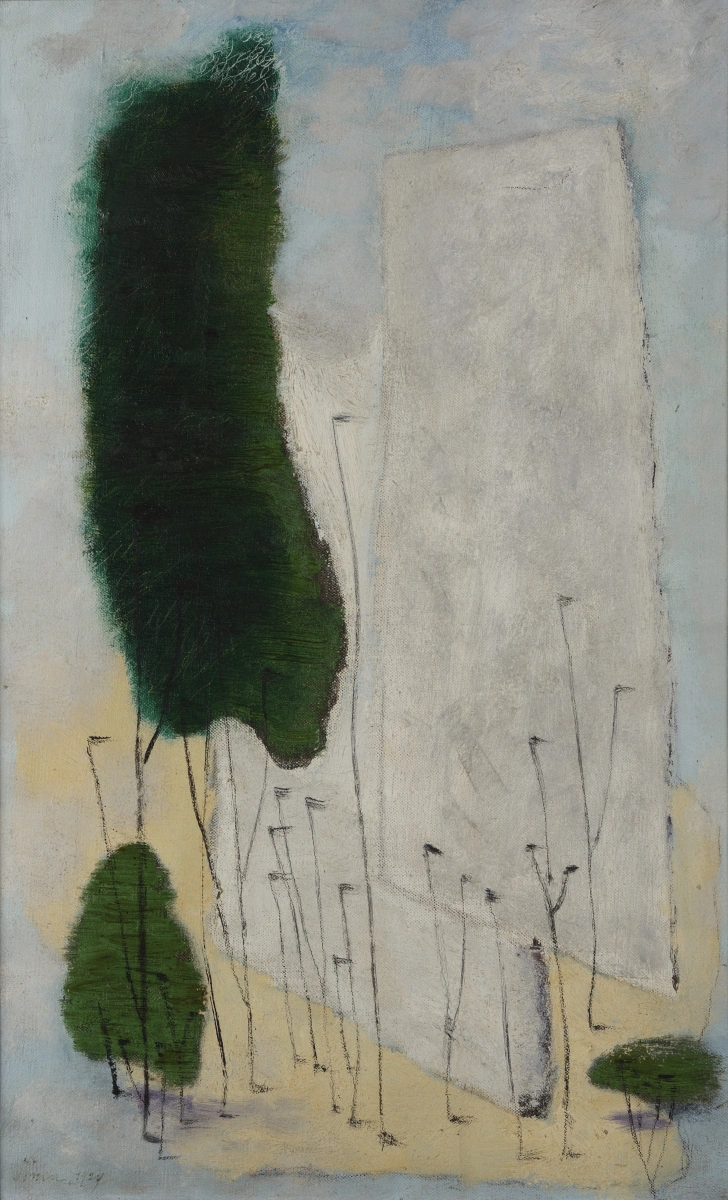Josef Šíma. In-Between Worlds
Josef Šíma (1891–1971) is one of the leading figures of modern art. One of the circumstances that shaped the unmistakable form of his work was the fact that he moved between different worlds, not only geographically, i.e. in the transitions between the Czech and French environments, but also artistically, specifically in his unique combination of painting and poetry. In his artistic activity, the origins of Czech art and the impulses of the international Parisian artistic community were thus intertwined; moreover, his artistic language was formed in connection with Dadaist and Surrealist poetry, and even with literary-scientific research into its linguistic structure. A key period for Šíma was the first half of the 1920s, when, in addition to his membership of the Czech avant-garde group Devětsil (Butterbur), he became actively involved in the dynamic artistic life of Paris. One of the main chapters of the exhibition and catalogue will therefore focus on Paris in the 1920s and Šíma’s Parisian contacts (e.g. František Kupka, Piet Mondrian, Max Ernst, Jean Arp) and the exhibitions that attracted him (e.g. Giorgio de Chirico, Yves Tanguy).
Šíma’s work as such has been the subject of much reflection at home and abroad, but there is still a lack of deeper comparison not only with the artists mentioned above, but also with the works of the French poets with whom he was friends, especially Georges Ribemont-Dessaignes and Pierre Jean Jouve, whose imagery is comparable to Šíma’s specific and unique paintings with multi-layered meaning. Equally unexplored are his contacts with the circle of Russian artists in Paris, who were active not only in painting and sculpture, but also in theatre, dance, music, cabaret and nonsense poetry. There is another crucial link: in Prague in 1925 at the latest, Šíma met Roman Jakobson, a member of the Prague Linguistic Circle, whose linguistic research into the sign, his detailed analyses of the language of poetry and his concept of structure as a dynamic set of relationships within a given system also influenced Šíma’s painting. The combination of all these sources proved to be a decisive step in shaping Šíma’s further work in the 1920s and 1930s, which was based on the principles of imagination and poetic polysemy. The interpretation of his paintings, drawings and prints from this period, inspired by structural analysis, will focus on selected themes such as the combination of a given register of elements, the layering of motifs, doubling and reiteration or assembled sign landscapes, the concept of space, the role of the fragment and the torso.
In addition to Šíma’s basic paintings and drawings, the exhibition will also selectively recall other personalities of the Czech and foreign art scene of the time (e.g. Karel Teige, Jindřich Štyrský, František Muzika, Jan Zrzavý, František Kupka, Piet Mondrian, Francis Picabia, Max Ernst, Giorgio de Chirico).
For the realisation of this ambitious exhibition project we are counting on loans from about two dozen important Czech public and private collections (National Gallery in Prague, Moravian Gallery in Brno, Gallery of Central Bohemian Region, Prague City Gallery, Museum of Czech Literature, Aleš South Bohemian Gallery, Gallery of Modern Art in Hradec Králové, Art Gallery in Karlovy Vary, etc.) as well as the representation of foreign collections (Bibliothèque nationale de France, Kunstmuseum Basel, Staatsgalerie Stuttgart, etc.).
The author of the concept, Alena Pomajzlová, is a lecturer at the Department of Art History at Masaryk University in Brno, where she specialises in Czech modern art and its relationship to foreign works. She is preparing the project in cooperation with Markéta Theinhardt from the Sorbonne in Paris, who specialises in Czech and French art and has in the past focused mainly on the work of František Kupka, and Tomáš Glanc from the University of Zurich, who will focus on the connections with Roman Jakobson’s analyses of poetry.
